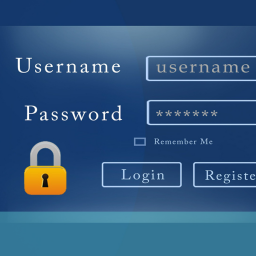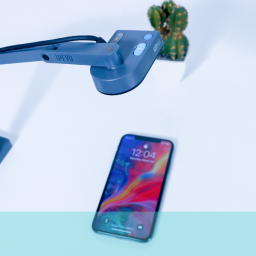
Since the Corvid-19 outbreak, Zoom has gone from 10m to 200m daily users. Governments are using it to host cabinet meetings (UK), millions of people locked in and working from home are using it to communicate. And the general public is using it to facilitate family gatherings, parties, pub quizzes and more.
There is no shortage of choice when it comes to video conferencing apps. Skype has been around for years, as has Google hangouts, and others include Cisco’s Webex, Microsoft Teams and Bluejeans. With all this choice, why has Zoom come out on top?
We think the reason is the user experience. We run remote user experience research, that involves moderating a session with a participant, over the internet and often with client team members watching. Before we started to use Zoom, the most challenging part of the research session was getting the participant up and running.

Zoom’s great UX
I have written previously about some of the features and functions that make Zoom a valuable tool for conducting remote UX research. These are elegantly set out within the interface and easy to find, understand and use. However, the key to Zoom’s success is how easy it is to get into a session.
In the past, we would routinely lose 10 to 15 minutes of a research session on the phone with a participant trying to work out why they could not access the session. With Zoom, we almost never have the same issues. The way the user joins is simple and seamless leaving little room for error.
Zoom also uses seems to use less bandwidth so that participants on weaker connections can still join a session. It automatically reduces the screen resolution for people on slower connections. This means the video can be a little grainier but still acceptable.
If you would like to know more about this interesting and potentially extremely useful technique, ring us on +44(0)800 024624 or email us at hello@ux247.com.


















[…] with the rise and rise of Zoom during the pandemic, we have probably all also seen increases in the prevalence of Microsoft […]